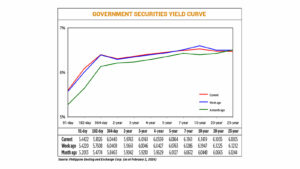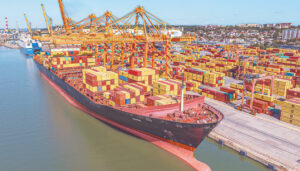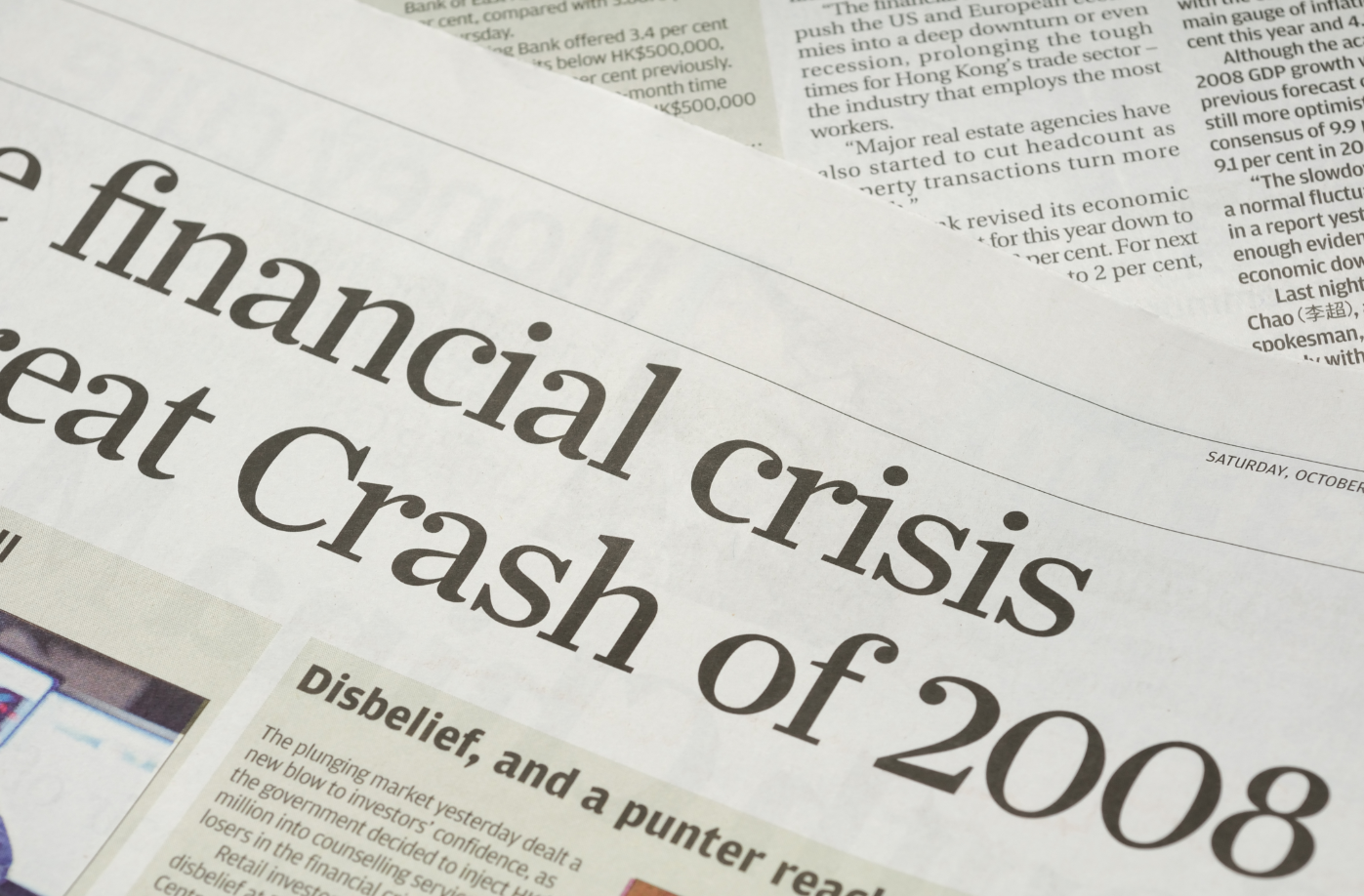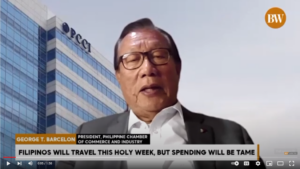Foreign partners, tech, simpler tax system seen to boost PHL mineral sector

By John Victor D. Ordoñez, Reporter
THE PHILIPPINES needs to prioritize securing funding support and new technology from other countries to enhance its mineral processing capacity, alongside efforts to simplify taxes for the mining sector, according to economists and industry players.
“Getting investments and processing technology from other countries should be a key consideration for the government if it wants to develop a competitive domestic mineral processing industry,” Ronald S. Recidoro, executive director of the Chamber of Mines of the Philippines (CoMP), said in a Viber message.
The Philippines is under pressure to simplify its mining tax regime to make it competitive with other countries and boost state revenue from the sector. It also seeks miners to invest in processing to increase the value of mineral exports.
Mr. Recidoro said that the government should tackle the high costs of power and logistics in the country, which continue to hinder investment in the mining sector.
“We need to find our own foreign partners that have the risk appetite, capital, and technology that can operate competitively in the country,” he said.
At a Senate hearing discussing proposals for a simplified mining tax regime, Finance Assistant Secretary Karlo Fermin S. Adriano said that streamlining the fiscal regime was the initial step in advancing the Philippine mining industry, citing the need to establish mineral processing and property valuation of ores.
Mr. Recidoro cited Indonesia’s strategy of attracting more investments from China to construct additional mineral processing plants, thereby increasing its production of minerals such as nickel.
The country currently only has five mineral processing plants: two nickel plants, two gold plants, and one copper smelter, according to CoMP Chairman Michael T. Toledo.
The lack of competitive mineral processing facilities capable of turning raw ores into precious metals results in a lower tax base, according to Albay Rep. Jose Ma. Clemente S. Salceda, who chairs the Committee on Ways and Means.
“The tax base will definitely increase if we make the investment environment attractive to quality investors who will produce much-needed mineral ores that, in turn, will ensure a steady supply to feed mineral processing facilities,” Mr. Toledo told BusinessWorld via Viber.
“Ultimately, I think the problem with mining is not the rate, but the base,” Mr. Salceda said in a Viber message, referring to Department of Finance’s (DoF) proposal to simplify the mining tax regime.
The House of Representatives approved House Bill No. 8937 in September, which proposes margin-based royalties and a windfall profit tax on large-scale miners.
The bill, one of Philippine President Ferdinand R. Marcos, Jr.’s 20 priority measures, has no Senate counterpart.
The DoF is proposing a simpler mining regime with just four windfall profit tax tiers from 10 tiers under the House bill.
Mineral processing in the Philippines might not be viable yet due to high energy costs, Bienvenido S. Oplas, Jr., founder of the free market think tank Minimal Government Thinkers, said in a Viber message.
He said Manila should explore deals on modular nuclear reactors with countries such as United States, France, and Canada, which he said could bring down power costs.
Miners and semiconductor companies are reluctant to invest in the Philippines due to expensive power costs, US State Department Undersecretary for Economic Growth, Energy, and the Environment Jose W. Fernandez said during his visit to Manila last month.
US Secretary of Commerce Gina Raimondo has said that American companies plan to invest over a billion dollars in the Philippines, including deals on developing power and refueling stations in the country.
“Government must work on facilitating factors to enhance mineral processing capacity — infrastructure, policy, communication, business climate, power and utilities, sustainability — all at the same time to ensure that this will work to the best interests of all parties — people, planet, profits,” John Paolo R. Rivera, president and chief economist at Oikonomia Advisory & Research, Inc., said in a Viber message.
Senator Juan Edgardo M. Angara, who heads the ways and means subcommittee handling these proposals, said last week that the Senate plans to begin plenary debates on the mining fiscal regime measure in May.
Mr. Salceda said that the discussions surrounding the proposed tax rates for the mining fiscal regime are “extremely marginal” as the Philippines lacks the capacity to process raw ores domestically.
“The argument about rates is extremely marginal without the necessary regulatory capacity to verify the quality of mineral ores and the industrial capacity to process them here,” he said last week, commenting on DoF’s tax regime proposal.
Under the DoF’s proposal, miners within metallic mining operations have to pay the government 5% of the market value of the gross output, up from the 4% proposed in the House bill.
It also seeks a margin-based royalty rate of 1.5-5% in four tiers against the 1-5% with eight tiers laid out in the House proposal.
CoMP plans to seek a middle ground with the DoF on simplifying the fiscal regime without significantly increasing taxes.
Mr. Toledo said, measures to amend the tax regime should consider the local and national taxes that mining companies have to deal with, referring to the industry as overtaxed.
A simpler mining tax system would encourage the processing and production of minerals like copper and gold. Investors are hesitant to fund Philippine mining projects due to uncertainty in the current regime, Romeo B. Bachoco, senior vice-president and chief financial officer of Philex Mining Corp. told senators during a hearing last week.
The DoF is expecting the measure to generate an average of about P10.23 billion a year between 2025 and 2028.
It also expects P5.5 billion in yearly royalties from miners within mineral reservations, P1.31 billion from royalties on miners outside mineral reservations, and P3.37 billion from windfall profit taxes. — with Kenneth Christiane L. Basilio




